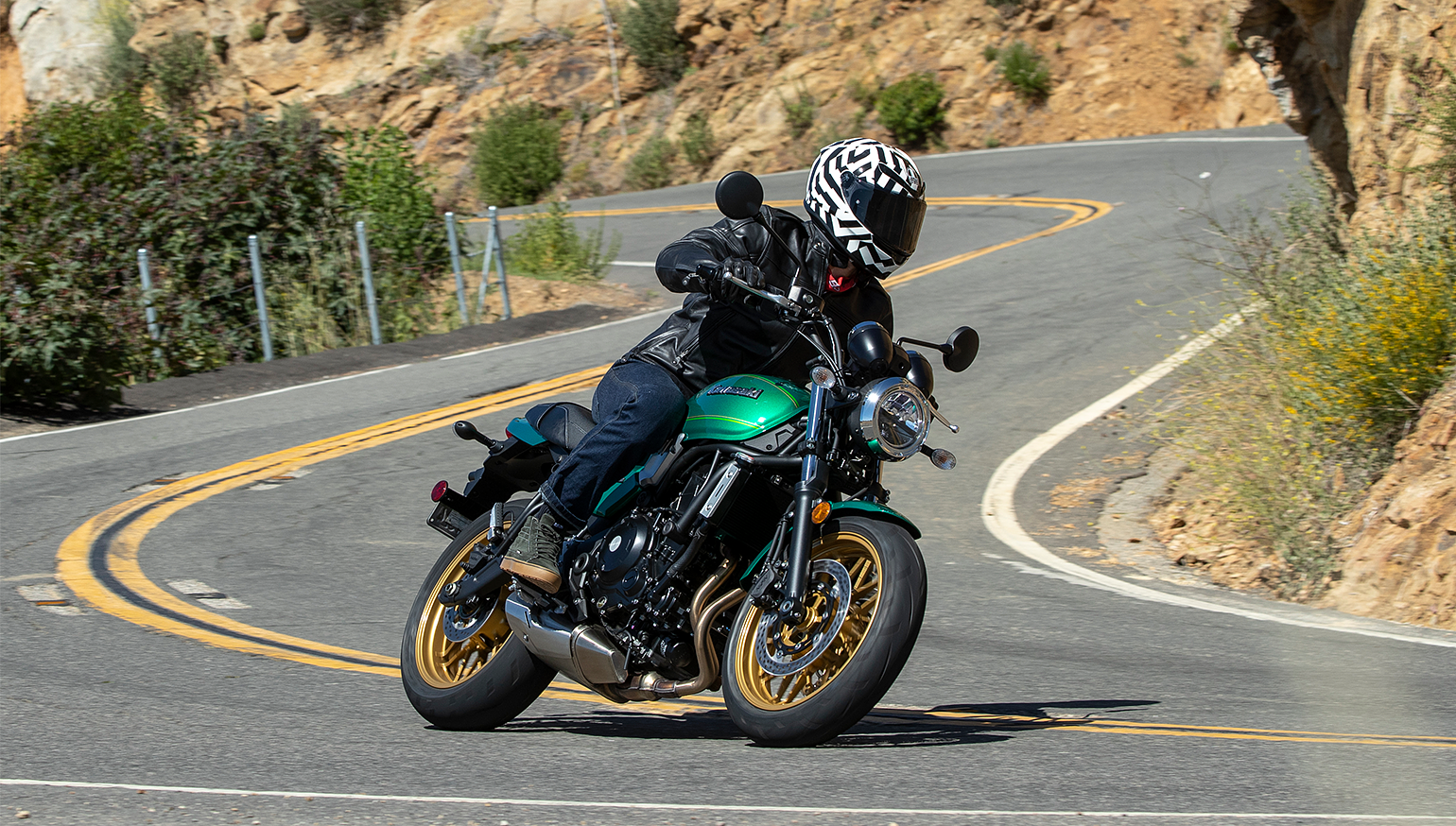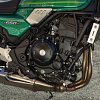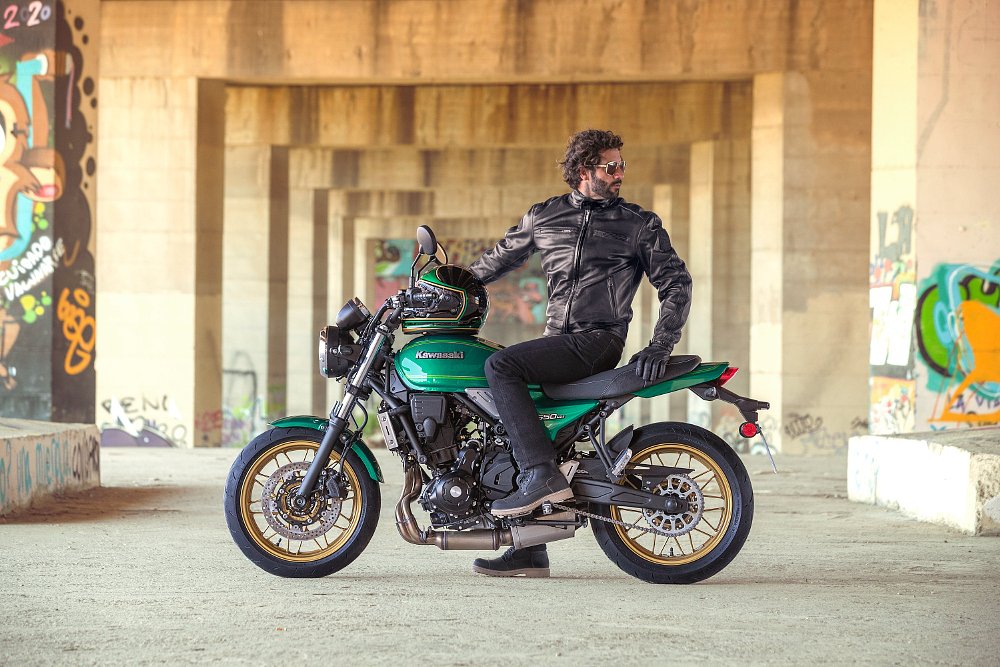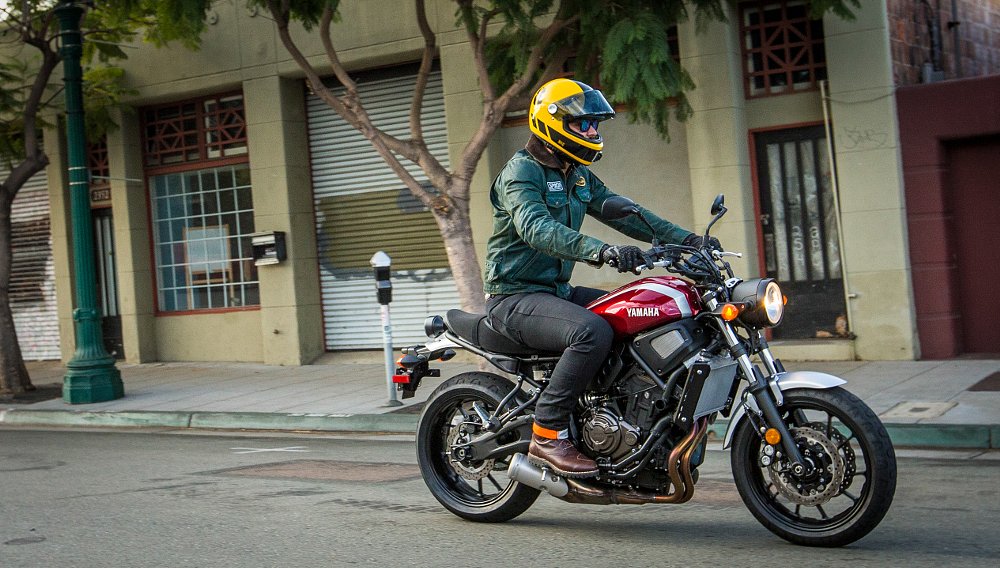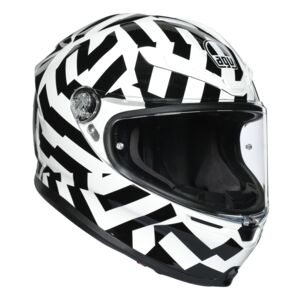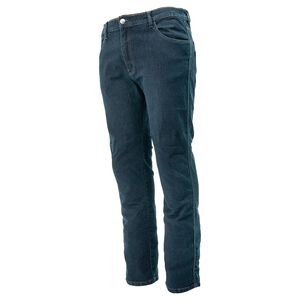As Kawasaki celebrates 50 years of Z motorcycles, a new model joins the lineup: the Z650RS.
Positioned as the little brother to the Z900RS, the Z650RS drapes classic Z styling over Kawasaki’s trusty 650 parallel twin platform. This “middleweight retro sport” is meant for riders “with a certain sense of style, or those who aren’t drawn to the edgy designs of other Z models,” according to Kawasaki Product Manager Croft Long.
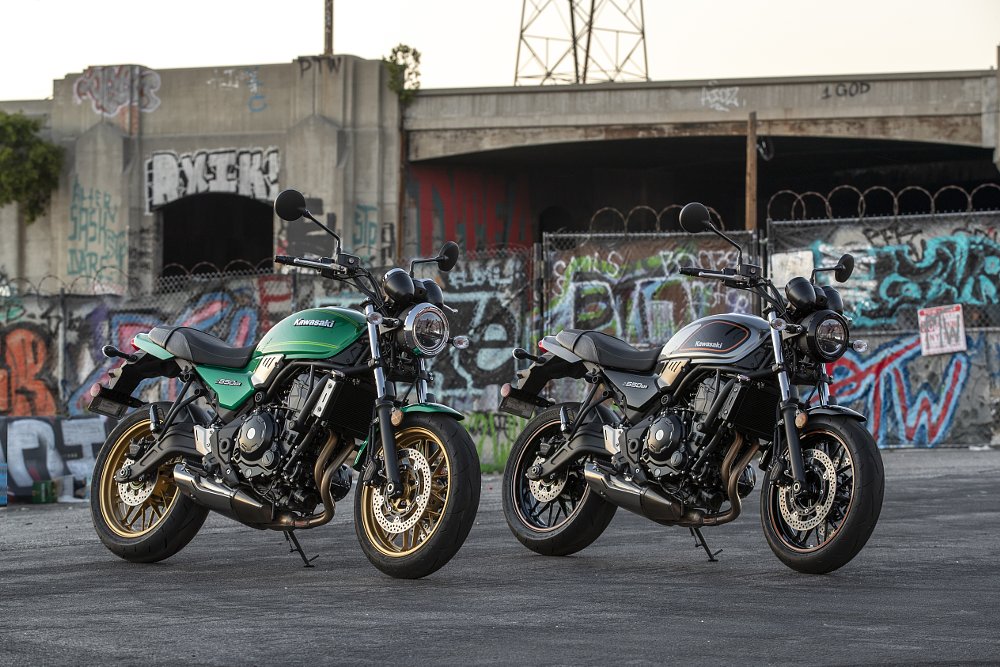
Although many of today’s riders weren’t around when the original Z650 (or KZ650 in the United States) rolled out in 1976, motorcycles from that era hold timeless appeal. Kawi’s air-cooled four became one of the most popular bikes of the 1970s with its balance of performance, reliability, style, and affordability. These are also virtues of Kawasaki’s modern 650 twin platform, so why not revive the icon?
Some old, some new
The Z650RS mixes all-new components with some standards from the Kawasaki parts bin. The frame is closely related to the naked Z650, but a major difference is the altered tail section that allows for the distinctive flat cowl, an essential homage to the original Z650. The tidy trellis frame weighs less than 30 pounds.
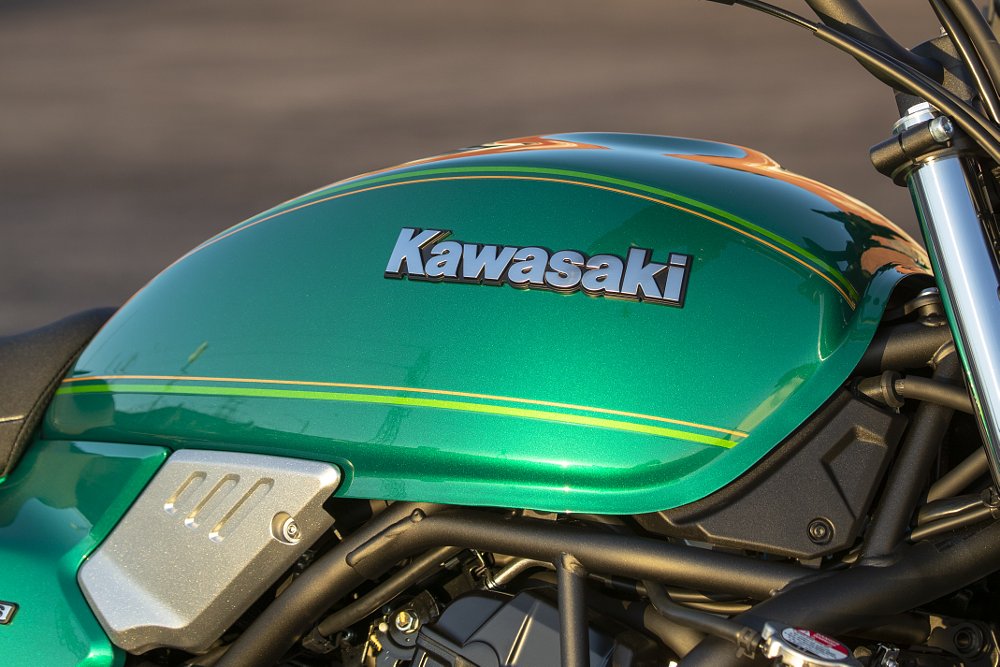
The tank is practically shrink-wrapped around the frame to mimic the look of an old tank within the constraints of a modern chassis. The overall effect is totally convincing, although the fuel filler neck nearly touches the tunnel below.
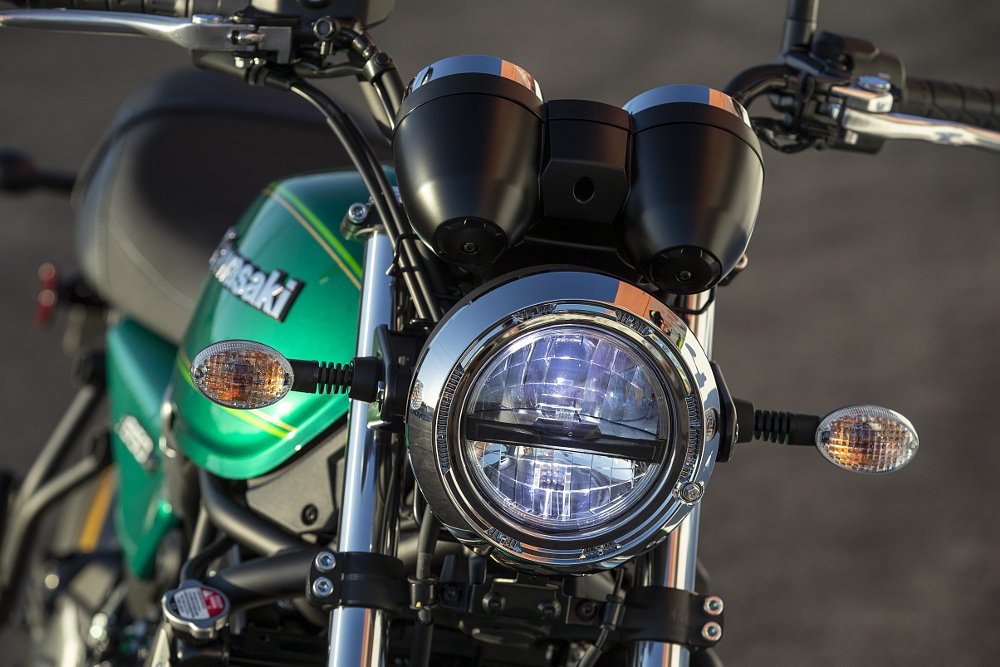
An LED headlight (with chrome-look plastic trim on the green model) handles forward illumination, and a simple oval taillight covers the rear. Overall, the Z650RS has the closest resemblance to its ancestors of all the Japanese retro 650s.
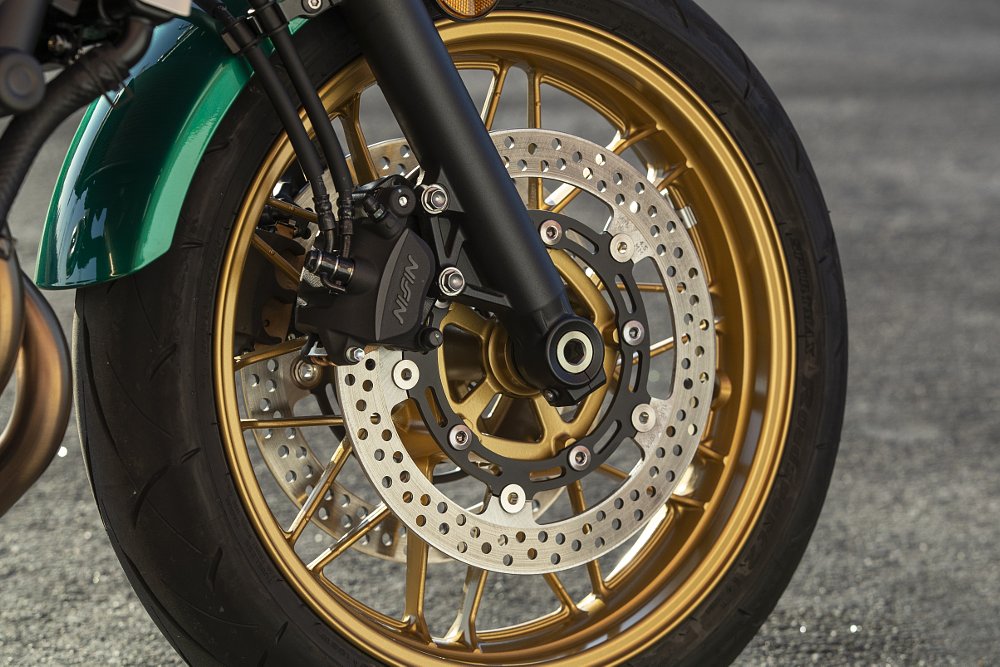
The engine received only minor tweaks, like cosmetic covers. Kawasaki’s 649 cc parallel twin makes its standard 67 horsepower at 8,000 rpm and 47 foot-pounds of torque at 6,700 rpm. The Z650RS doesn’t get a gorgeous model-specific exhaust like the Z900RS, sadly, and instead we see the usual Z650/Ninja/Versys equipment. Compact, efficient, and not much to look at. In contrast, the twin dial gauges were a welcome sight from the saddle. A discreet LCD tucked between them scrolls through vital information at the tap of a button near the left grip.
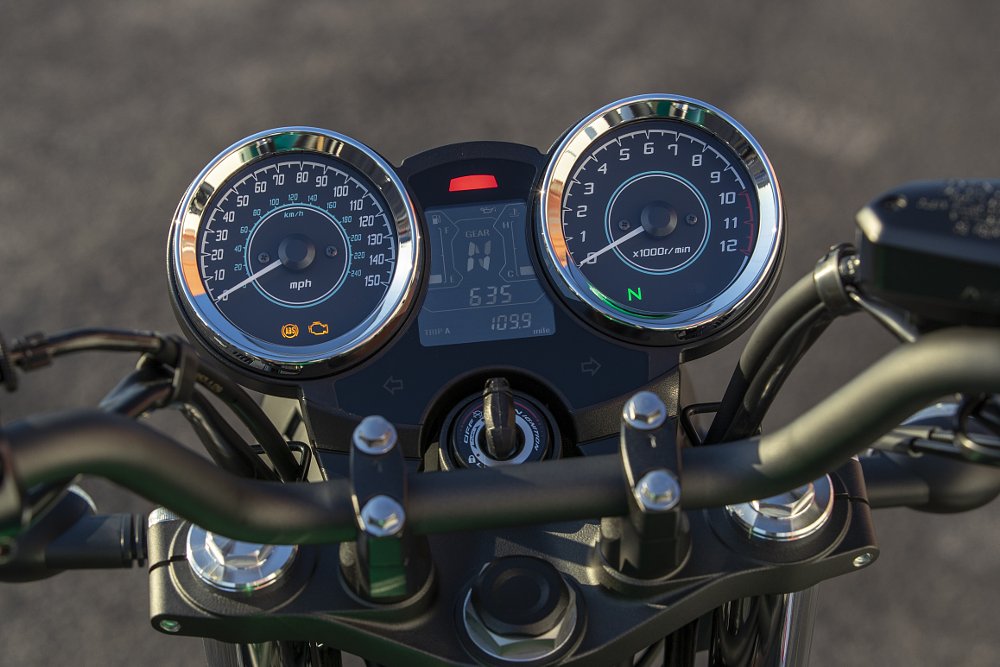
The rest of the bike’s underpinnings are nearly standard Z650 fare: entry-spec Nissin twin-pot brakes, preload-adjustable rear shock, and Dunlop’s respectable Sportmax Roadsport 2 tires. The non-adjustable right-side-up fork is slightly longer than the Z650's, and the handlebar is still a one-piece item in plain black paint.
As for onboard technology, there isn't much to report. This model doesn’t have cruise control, a quickshifter, a smart dash, or ride modes, nor does it need them. The simple LCD panel between the clocks displays current and average fuel economy, two trip meters, fuel level, engine temperature, and the time. A large gear indicator takes up the center of the screen for easy viewing. Connectivity and screens would only distract from the Z650RS's old-school ambitions. Rider aids beyond basic ABS would be overkill, too.
Green, please
Kawasaki laid out a ride that tested four basic environments for the Z650RS: a morning ride through city streets, a cruise up the Pacific Coast Highway (PCH), a romp through some tight mountain roads, and finally a freeway blast back to the beginning of our route. The bike’s compact dimensions and light weight (a claimed 412.3 pounds wet) were apparent as soon as I pulled it off the side stand. That’s just a shade heavier than the Yamaha XSR700, and over 30 pounds lighter than the inline-four Honda CB650R. Most riders should have no issue getting around on a Z650RS, thanks to a gently sloped seat and a 31.5-inch reach to the pavement. Time to test its urban chops.
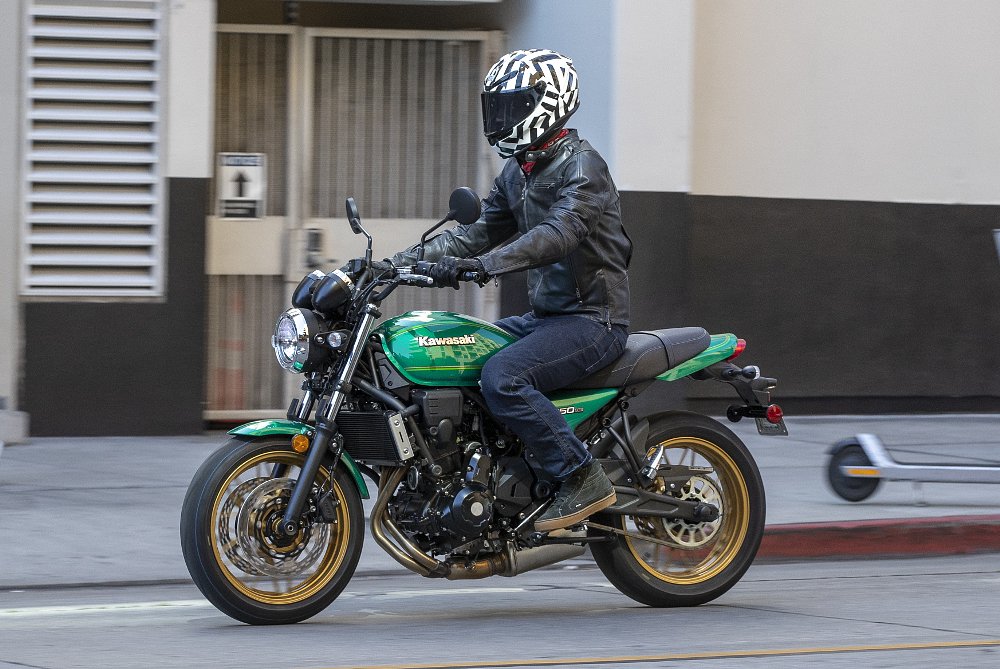
Around town, the nimble Z650RS gets plenty of looks. The agility was let down by snatchy fueling just above idle. A little finesse with the clutch and back brake helped significantly, and when I asked other riders about it at our lunch stop, their machines were doing the same thing. They’d also noticed the other hiccup I felt: an occasional chuffing and popping that suggested an overly lean mixture. Although the engine never stopped running from this, it was an odd sensation when I wasn't expecting it. I’ve tried the same engine in the Versys 650, Z650, and Ninja 650; none of them had these quirks.
The brakes, suspension, and bottom three gears got a thorough workout as we wound our way out of the city towards the coast. The front and rear brakes are nicely progressive, responding well to mid-corner adjustments and stopping in a hurry, if asked. ABS comes standard on all Z650RS variants for additional safety. The softish suspension felt just right for everyday city/highway riding, and the light clutch kept traffic tolerable.
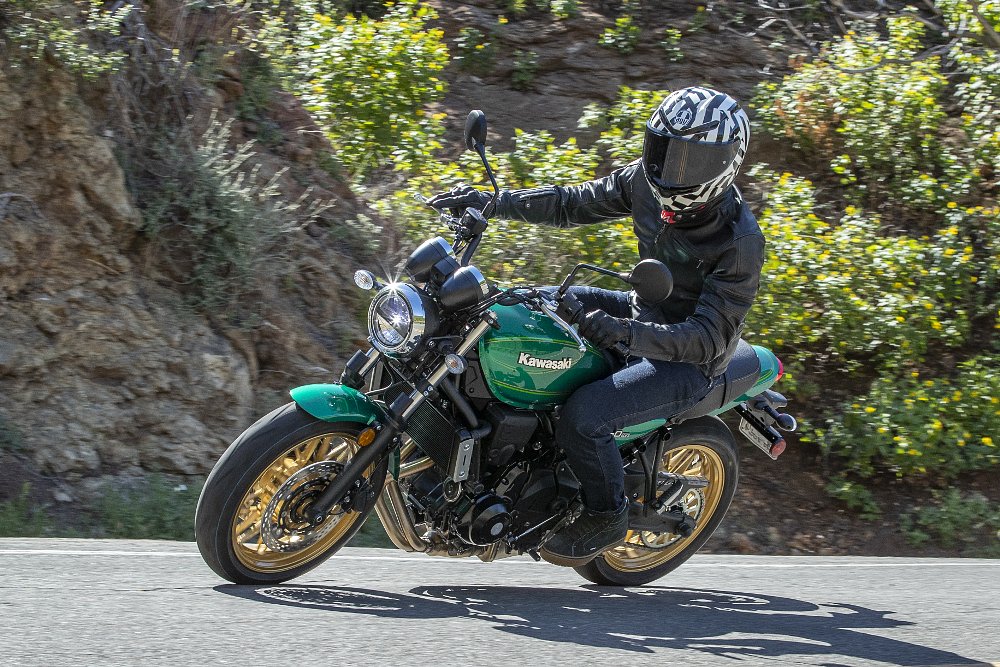
City streets opened up to the famed PCH, and finally I had a chance to wind out the Z’s counterbalanced twin. Tapping through the tight transmission, I had the ocean to my left, Malibu beach houses to my right, and two classy chrome-ringed gauges waving their needles in front of me. If a motorcyclist time-warped from 1976 to 2022, I think the Kawasaki Z650RS would be one of the only recognizable things zooming down the road.
For those of you playing Kawasaki 650 Review Bingo, the Z’s 650 twin is punchy, efficient, tuned for low- to mid-range torque, and a true workhorse that sounds best when revved out a bit. Those four characteristics add up to the same winning combination that Kawasaki’s been selling us since 2006. I still share my colleagues’ enthusiasm for the Versys as the best way to own this engine, but the Z650RS is the way to fly if you’d trade some practicality for looks.
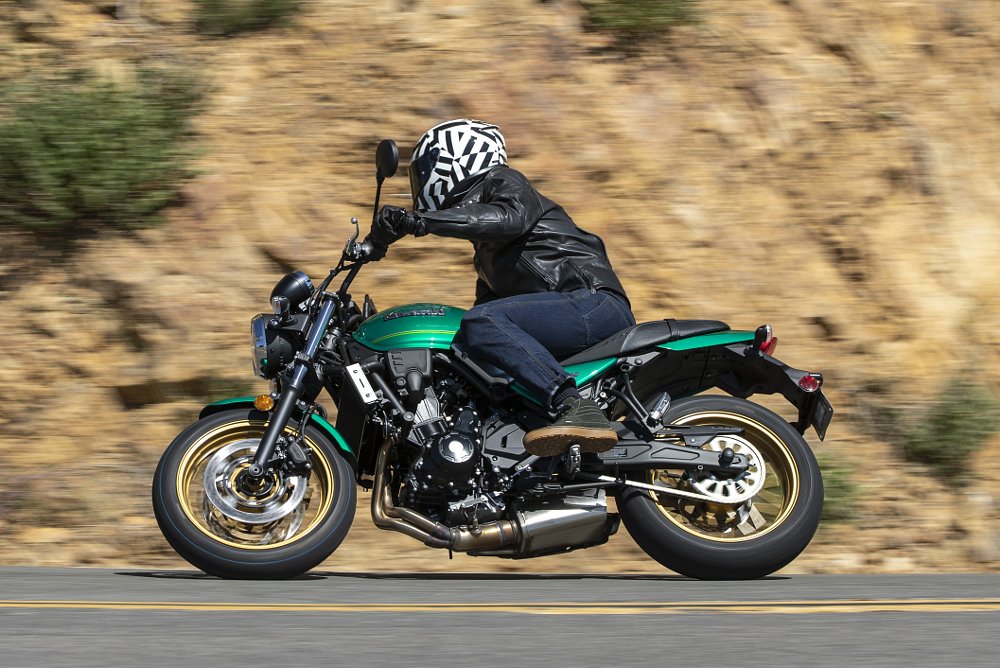
Finding the limits of Z
The test route turned from the coast to begin a steep and aggressive climb to winding mountain roads, including the famous Decker Road. How hard could the Z650RS be pushed? Kawasaki was smart to equip the new Z with nice tires from the factory for an easy bump in performance. Now the limiting factor becomes the suspension, which is competent if not sharp. The Z is easy to hustle around with its wide handlebar and relatively short wheelbase. I have a feeling the 24 degrees of rake also contribute to this. The 650 twin really rewards riding with the needle north of four grand. Responsive, with enough kick to keep from getting dull.
The Z parties harder than its looks or spec sheet suggest. A generous saddle leaves plenty of room for movement, both side to side and fore and aft, with just enough of a step to prevent excessive sliding. Sensible seats and upright ergos played a big role in the success of the original Universal Japanese Motorcycles (UJMs) 50 years ago. Speaking of the saddle, there’s a rubber flap covering a keyhole under the rear fender to release the seat. Pretty hokey arrangement, in my opinion. On a positive note, you’ll find a proper tool kit and paper manual after popping it off.
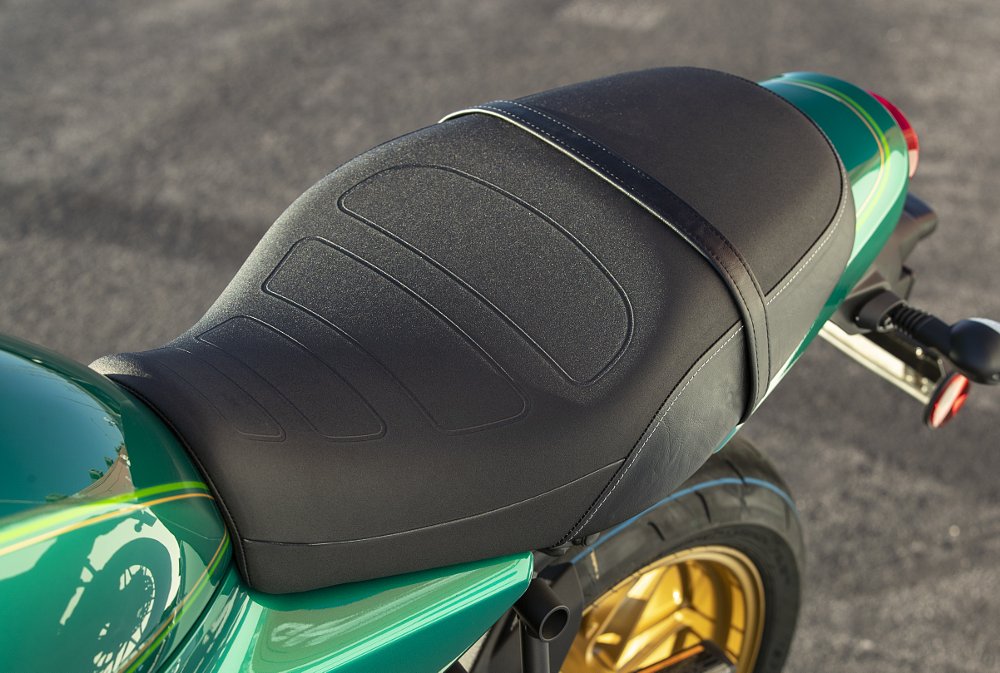
The roads and speeds chosen by Kawi’s crew were just right for this motorcycle. If you like to spend a day cruising scenic roads, venturing to destination lunch spots, and straightening out sets of S-curves at a casually quick pace, the Z is worth a look. Its suspension and chassis will be plenty for most. You’ll have to pony up another grand or two to get a retro Japanese bike with adjustable suspension, an inverted fork, and fully modern brakes. Even if you had them, the tank and seat aren't sculpted for aggressive sport riding. This is a stylish standard motorcycle that keeps the good times rolling, not an apex predator.
The highway showed a final side of this machine. The Z is planted on the road in spite of its short wheelbase and steep steering angle. Cruising in top gear at 80 mph left the tach somewhere around 5,500 to 6,000 rpm, which is definitely on the high side. I saw 50 to 60 miles per gallon for most of the highway section. The bike has enough power to hang with traffic and get out of its own way. Add an aftermarket windshield, and make your weekend road trip dreams come true. The day's ride came to an end, I parked the bike for one final glance back, and got my thoughts together on the newest Z.
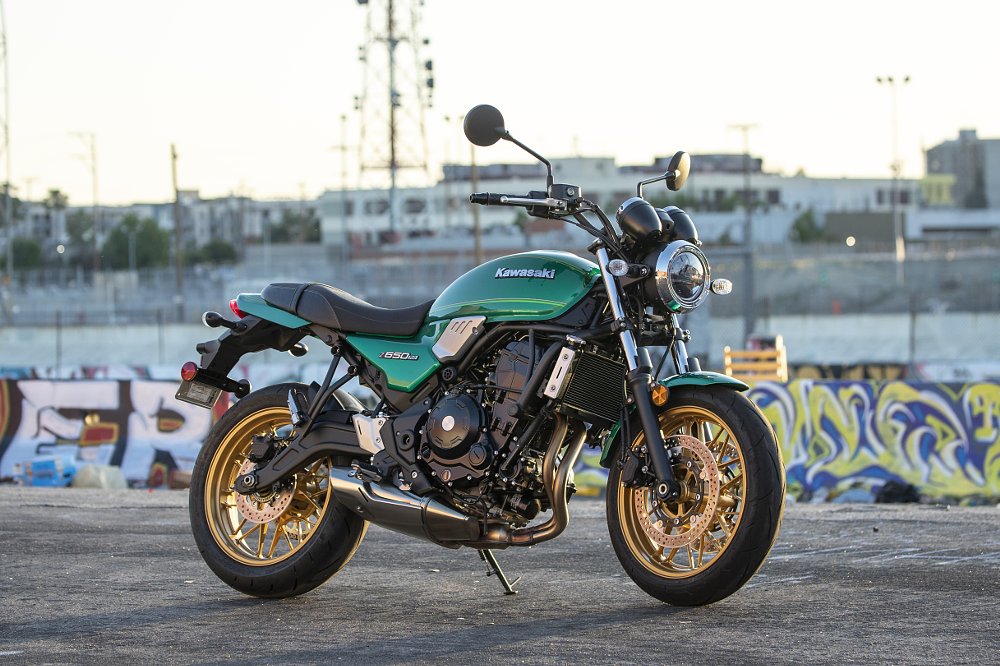
The Z650RS, in retro-spect
I suspect Kawasaki spent their Z650RS project resources on the tank, bodywork, seat, paint, and lighting. Nabbing the fancy Z900RS wheels elevated the bike even further. And let’s not forget that an altered frame design was needed to pull off the proper Z look. All those elements are successful and harmonious with each other — the bike performs well and stands out on the road. I’d end this section right here if the Z650RS cost $7,549 like the base Z650 (non-ABS), but it doesn’t. It’s $8,999, or $9,299 for the 50th Anniversary Fireball paint, and that raises the expectations.
I don't see anything wrong with repurposing the 650 twin for this motorcycle. However, it should be free of fueling oddities by now. And aesthetically, lots of little things detract from a motorcycle that is so concerned with appearances.
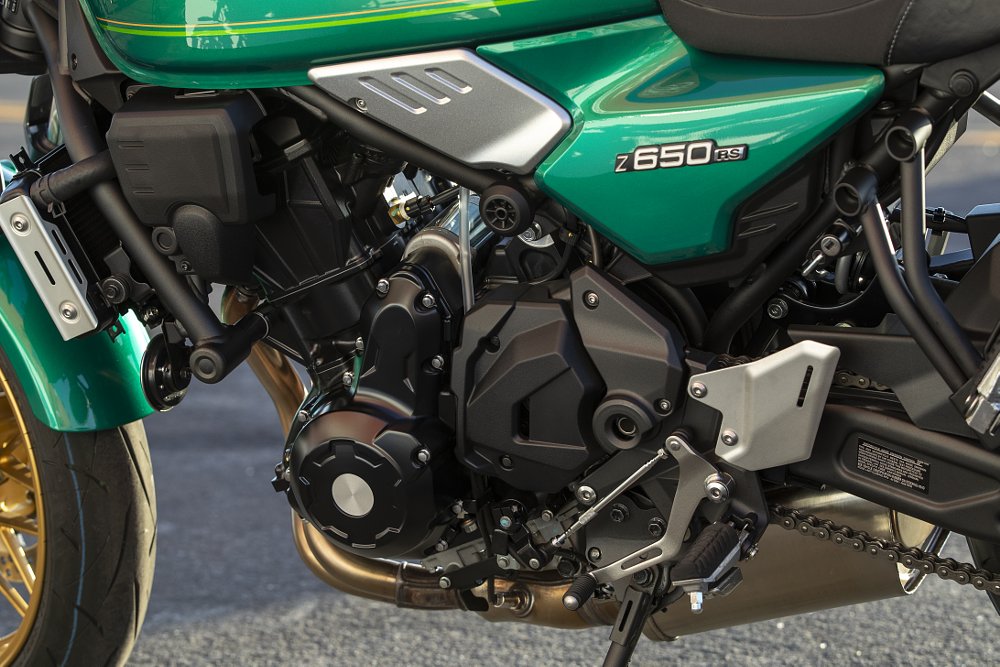
There are plastic filler panels all over this bike, the worst of them being the large regulator/rectifier cover on the left side. The basic radiator’s unused tabs suggest that it was repurposed from some other application, and the dinky silver rad guards on the emerald-green model only draw more attention to it. The plastic gauge housings, headlight bucket, fork ears, and other bits fall far short of the beautiful finish on the wheels and bodywork. And the chromed plastic parts look like... chromed plastic.
If I were standing in a Kawasaki showroom, I would seriously consider spending two grand more for the Z900RS, which has all the best features of the 650 with much better fit and finish, plus a howling inline four. The W800, another retro Kawasaki, costs only $200 more. Again, it has much better fit and finish with a wonderful heritage engine, but it lacks the sportiness found in the RS models, if that matters to you. There are so many excellent motorcycles around the Z650RS's price point, and that's not a bad problem to have if you're shopping for your next motorcycle.
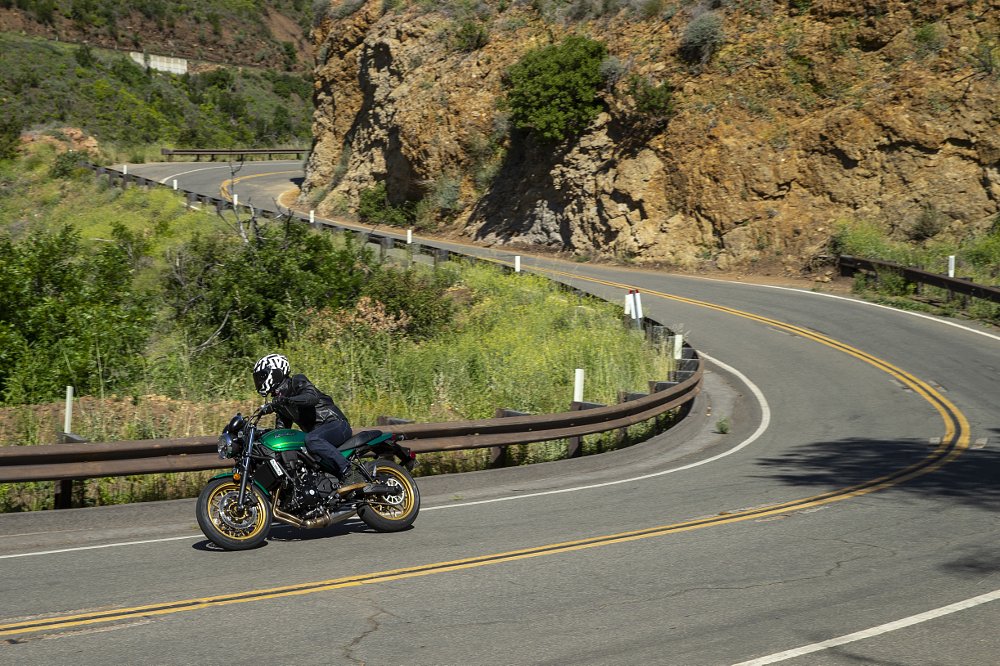
So why choose the Z650RS over something else? Other motorcycles offer similar power and performance around the same price point. The new Z's best feature is its resemblance to old Zs. This would be a strong choice for experienced riders who want motorcycles that recall the bikes of their youth, with light weight and upright seating. Coming from the other direction are younger riders who've owned an old UJM or two and might want to take their first steps into modern motorcycling without abandoning vintage style entirely. This is a motorcycle built — and bought — with a specific desire to bring Japan's motorcycling past into the present. And in that respect, there is nothing like a Z.
|
2022 Kawasaki Z650RS
|
|
|---|---|
|
Price (MSRP)
|
$8,999
|
|
Engine
|
649 cc liquid-cooled, eight-valve, parallel twin
|
|
Transmission, final drive
|
Six-speed, chain
|
|
Claimed horsepower
|
67 horsepower @ 8,000 rpm
|
|
Claimed torque
|
47 foot-pounds @ 6,700 rpm;
|
|
Frame
|
Steel trellis
|
|
Front suspension
|
41 mm telescopic fork, 5.1 inches of travel
|
|
Rear suspension
|
Horizontal back-link with adjustable preload, 4.9 inches of travel |
|
Front brake
|
Dual semi-floating 300 mm petal discs, dual-piston calipers, ABS
|
|
Rear brake
|
Single 220 mm petal disc, single-piston caliper, ABS
|
| Rake, trail | 24.0 degrees, 3.9 inches |
|
Wheelbase
|
55.3 inches |
|
Fuel capacity
|
4.0 gallons |
| Tires | Dunlop Sportmax Roadsport 2, 120/70R17 front, 160/60R17 rear |
|
Claimed weight
|
412.3 pounds |
|
Warranty
|
12 months
|
|
More info
|
kawasaki.com |

 Membership
Membership

